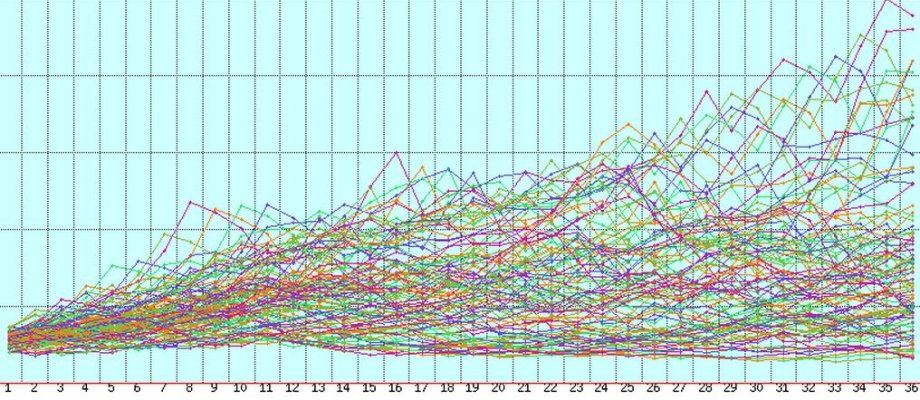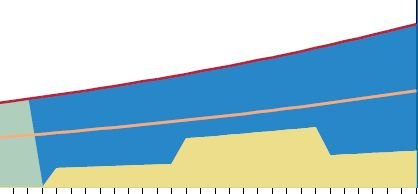I have been a user of Quicken Lifetime Planner (QLP) since it's introduction and have modeled in nearly every expense I can think of - or have heard of - as I talk with folks about retirement. To demonstrate, I had modeled in children before they were conceived.  . For those wondering, I guessed right on the number of kids, picked the right birth year for one of them, and also was right on one gender guess.
. For those wondering, I guessed right on the number of kids, picked the right birth year for one of them, and also was right on one gender guess.
Alright, i know I am a QLP junkie, and assume there are others out there like me (e.g. PB4Uski).
Here is my question, what is the best way to complement QLP modeling with FireCalc? I have tried FireCalc, however, it seems like it is just a second financial tool for me versus something I can use powerfully with all the Quicken data and scenarios I have modeled.
FYI, the reason I ask is that I am one who would like to retire early and conservatively "die broke". It would be nice to have FireCalc take all my QLP inputs and suggest the percent chance I have with the main QLP scenario and assumptions I have modeled.
Alright, i know I am a QLP junkie, and assume there are others out there like me (e.g. PB4Uski).
Here is my question, what is the best way to complement QLP modeling with FireCalc? I have tried FireCalc, however, it seems like it is just a second financial tool for me versus something I can use powerfully with all the Quicken data and scenarios I have modeled.
FYI, the reason I ask is that I am one who would like to retire early and conservatively "die broke". It would be nice to have FireCalc take all my QLP inputs and suggest the percent chance I have with the main QLP scenario and assumptions I have modeled.



